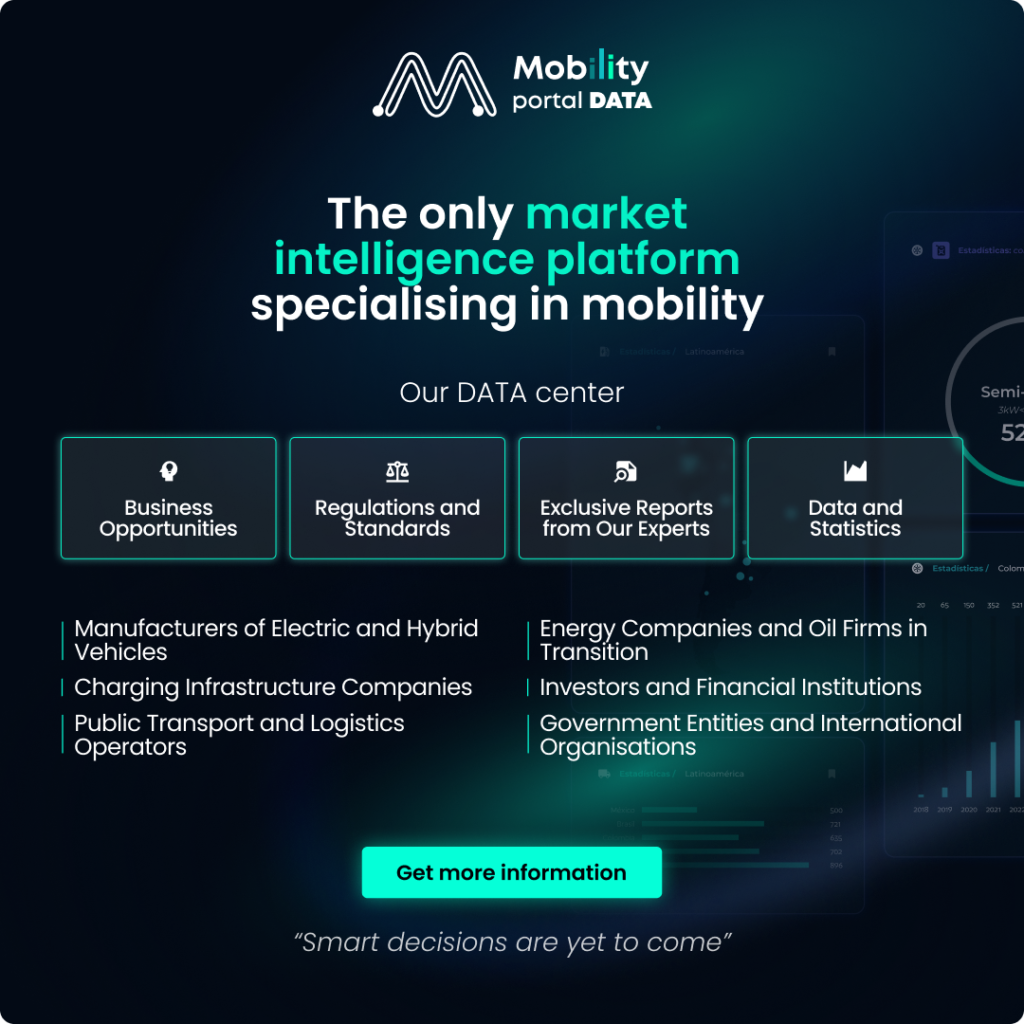The Vehicle-to-Grid (V2G) technology enables electric vehicles (EVs) not only to draw energy from the grid but also to return excess power stored in their batteries when required.
In this way, this bidirectional charging capability offers opportunities to balance electricity supply and demand.

However, the feasibility and effectiveness of V2G vary across different vehicle segments, particularly between light and heavy types, according to Nils Dullum, Managing Partner of eMobility Consultants.
“I don’t believe that V2G on the car side will ever be much of a business opportunity, let alone a revenue stream for an EV owner,” he tells Mobility Portal Europe.
What is the reason?
According to the expert, EVs will always have a “margin of in-availability percentage”.
Light vehicles, such as personal cars, have limitations that complicate their adoption in V2G schemes, marked by the unpredictable nature of their daily use.
This means that anyone could change their plans and decide to drive, preventing the EV from delivering energy to the grid as previously planned.
“The above, along with the practical and regulatory complexities that need to be resolved, has always made me very sceptical,” he says.
Currently, the implementation of V2G is largely in the pilot phase, with case studies in various European countries.
To accelerate adoption, the CEO argues that the involvement of several key players is needed, including car manufacturers offering vehicles compatible with protocols such as ISO 15118.
It also includes regulated network operators, energy distributors, and market agents in the energy services sector.
In this regard, he highlights that a clear regulatory framework and fiscal policies, including tax exemptions or adjustments, are essential for this technology to be economically viable for users.
If not V2G, what is the alternative solution for cars?
“Grid-integrated vehicle solutions, such as V2G, would be outcompeted by the continued expansion of guaranteed flexible capacities of BESS (Battery Energy Storage Systems),” he explains.
He adds: “The advent of stationary (even mobile) BESS solutions, which will proliferate in the next years and accelerate.”
What about heavy vehicles?
Dullum asserts that the heavy vehicle segment offers features that position them as more suitable candidates to exploit V2G capabilities.
This is because, in many commercial operations, large fleets of trucks or buses remain stationary for long periods, particularly overnight, at centralised facilities.
This not only facilitates their integration into aggregation platforms but also maximises their ability to contribute to the stability of the electrical grid.
“I am currently supporting a joint venture with an OEM in the commercial vehicle segment, where bidirectional functionalities are a very important part of the implementation roadmap,” says Dullum.
Nevertheless, he notes that even in this area, the implementation of V2G will not be immediate.
According to the executive, the manufacturer with which he is collaborating plans to introduce it in 2026.
This suggests that several years of development and testing are still needed before this technology reaches maturity.
An example of this is the case of Dreev, a joint venture between EDF and NUVVE.
Its goal is to promote intelligent vehicle charging through the development of V2G technology and dynamic load management (V1G) in France and Europe.
In this context, it optimises the charging of depots, ensuring that the price of the kWh of charge is the lowest on the market.
To this end, among other actions, it facilitates the ability of the fleet vehicles to transfer energy to buildings or grids.








